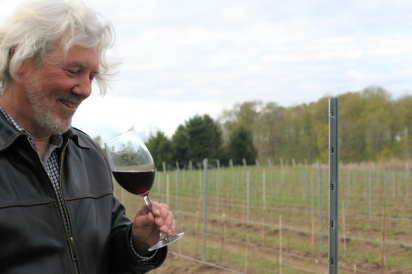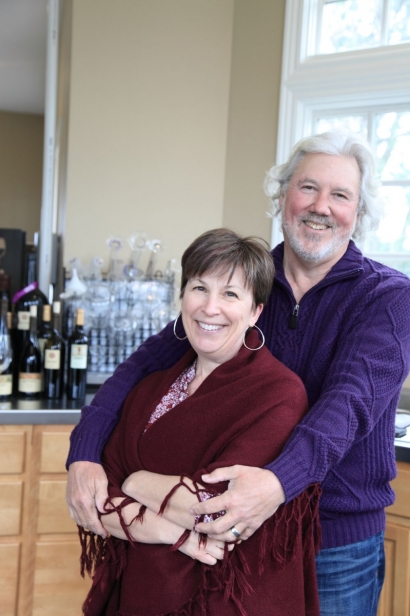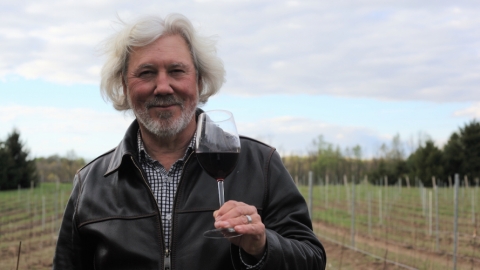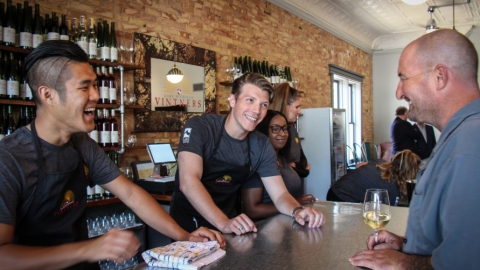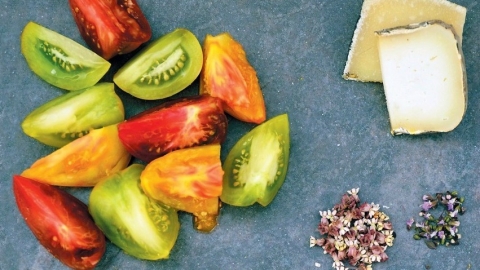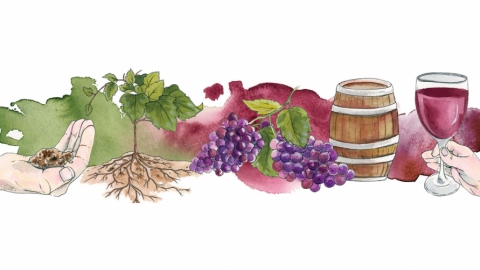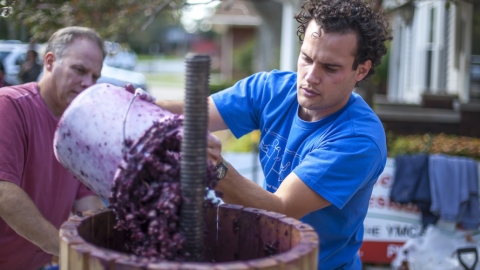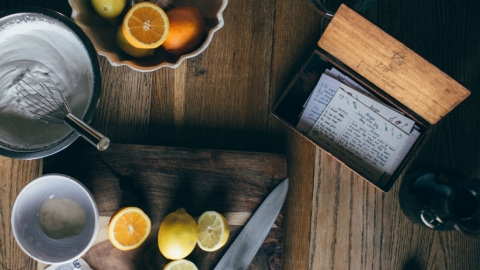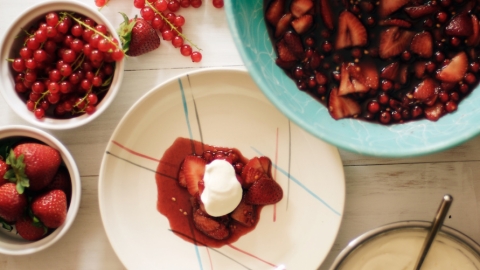Wyncroft crafts world-class, European-style wines in SW Michigan
In the early 1980s, James Lester had a hunch that Michigan could be producing better wine. He had read about pioneering New York winemaker Konstantin Frank’s somewhat unexpected success with classic French styles in the Finger Lakes, and despite being told that it was impossible to replicate in the Mitten State, Lester contacted Frank.
“I thought, ‘If he can do it, I can do it too,’” says Lester, “so I called him up. He had a little nursery, and he sent me some vines. That’s how I got started.”
The Seattle native had relocated to Michigan in 1976 to pursue a master’s degree in theology at Andrews University in Berrien Springs after graduating from Walla Walla College, auspiciously situated in Washington State’s budding wine-producing region. During that time, he began to taste and learn about exceptional wine, exchanging letters with winemakers in the early days of their careers in places like Napa Valley and developing an affinity for superlative French wine.
Getting his start
“I started out in this enterprise already knowing what really expensive, really fancy, very famous wine tasted like,” he recalls. “So when I made my first batches, I was just shocked at the quality of them [and] how much they resembled fine European wines.”
With that simple discovery, Lester relinquished his religious studies to instead devote his professional life to making 100% Michigan, classical-style wines that can rival their counterparts from around the planet and improve with time. He established Wyncroft in 1998 with his late wife, Rae Lee, and has amassed something of a cult following by focusing exclusively on time-tested European grape varietals and techniques.
“You can’t make a great wine out of lousy grapes, or even mediocre grapes,” says the affable vintner, who operates the winery with the help of his wife, Daun, and son, Eric. “You can only make a wine as good as the grapes will allow you.”
The Michigan touch
Wyncroft currently grows an assortment of classical varietals—Sauvignon Blanc, Semillon, Merlot and Cabernet Franc, to name a few—in its well-established vineyard in Buchanan and a picturesque estate near Fennville, which was purchased in 2014 after the operation outgrew the winery’s original location in a nondescript strip mall. After losing the last two crops entirely to the harsh cold, the Lesters are anticipating their first harvest at the new estate this autumn—provided that the late-spring weather remained free of frost.
“The best wines in the world come from wineries that have their own vineyards,” says Daun. “When you’re out in the field and growing the plant and picking the grapes, it has the tendency to translate to what’s in the bottle.”
Wyncroft’s small-scale, single-vineyard wines include Bordeaux-style blends, Pinot Noir, Chardonnay and Riesling, which range from $20 to $45 a bottle. The wines are available through Wyncroft’s online shop and at upscale restaurants in the region, including Salt of the Earth in Fennville, Bentwood Tavern in New Buffalo, and Everest and Naha in Chicago. Lester prides himself on orchestrating every aspect of the business—even designing the labels—“from the dirt to your dinner table,” he says.
With each glass poured, Wyncroft challenges the assumptions of the caliber of wine Michigan is capable of producing. They are not the sweet, uninspiring wines that have become somewhat synonymous with the state, which boasts more than 120 wineries that collectively make more than a million gallons of wine each year.
“Jim proves that it can be a high-quality region,” says Wine Sellers of Saugatuck sommelier Mike Gustaitis, a longtime Wyncroft fan who was intrigued by a trio of Pinot Noirs recently sampled at the winery. “All three of those Pinot Noirs completely surprised me in not only how good the quality was, but how they all tasted like different European models.”
International flavor
“The whole idea of fine wine is to not overtax the vine—as in, don’t put too many grapes on that vine,” says Lester. “But the problem is that it costs the same amount to farm that field, whether you get two tons to the acre or four tons to the acre. In the four-tons-to-the-acre scenario, that person is making more wine and therefore making more money per acre, but the wine isn’t as good. So we pretty much adopt the standards that have been established by the French over the centuries.”
That unabating attention to detail and quality has paid off: The praise for Wyncroft has been widespread and is steadily growing. Most recently, the Lesters were invited to participate in the International Pinot Noir Celebration this summer in Oregon, an exclusive event that highlights 70 of the world’s top Pinot Noir producers.
“Our wines are starting to get international respect and national respect—that’s the biggie. It’s been a West Coast–dominated wine industry in this country, but … we’re seeing a third region emerging,” Lester says of the wine-growing area clustered around the Great Lakes. “We happen to be able to make our own really fine wine here, and I think that’s something to talk about.”
Learn more about winemaker James Lester in our Summer 2016 Q&A.
Wyncroft
Pullman, MI
Tastings available by appointment.



